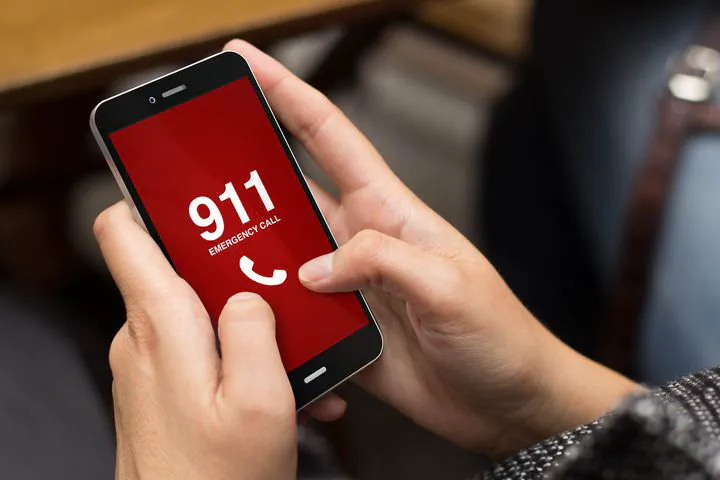Uncovering insecure designs of cellular emergency services (911)
Oct 14, 2022·,,,, ,,,,,·
0 min read
,,,,,·
0 min read
Yiwen Hu*
Min-Yue Chen*
Guan-Hua Tu
Chi-Yu Li
Sihan Wang
Jingwen Shi
Tian Xie
Li Xiao
Chunyi Peng
Zhaowei Tan
Songwu Lu
 Image credit:
Image credit:Abstract
Cellular networks that offer ubiquitous connectivity have been the major medium for delivering emergency services. In the U.S., mobile users can dial an emergency call with 911 for emergency uses in cellular networks, and the call can be forwarded to public safety answer points (PSAPs), which deal with emergency service requests. According to regulatory authority requirements for the cellular emergency services, anonymous user equipment (UE), which does not have a SIM (Subscriber Identity Module) card or a valid mobile subscription, is allowed to access them. Such support of emergency services for anonymous UEs requires different operations from conventional cellular services, and can therefore increase the attack surface of the cellular infrastructure. In this work, we are thus motivated to study the insecurity of the cellular emergency services and then discover four security vulnerabilities from them. Threateningly, they can be exploited to launch not only free data service attacks against cellular carriers, but also data DoS/overcharge and denial of cellular emergency service (DoCES) attacks against mobile users. All vulnerabilities and attacks have been validated experimentally as practical security issues in the networks of three major U.S. carriers. We finally propose and prototype standard-compliant remedies to mitigate the vulnerabilities.
Type
Publication
In MobiCom ‘22 Proceedings of the 28th Annual International Conference on Mobile Computing And Networking